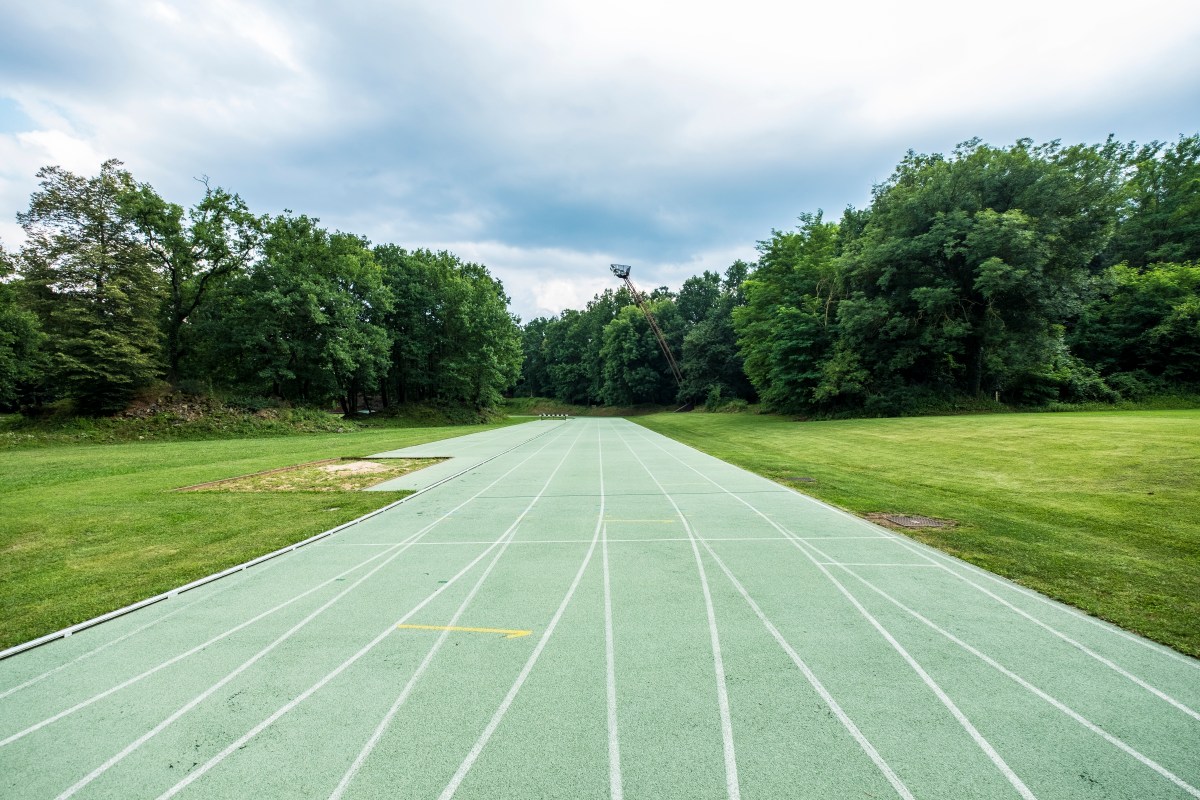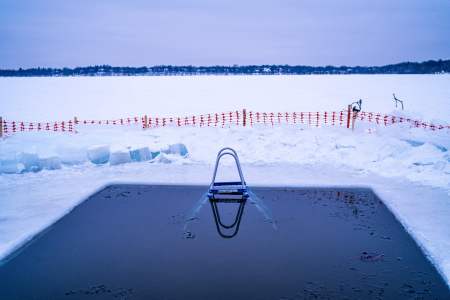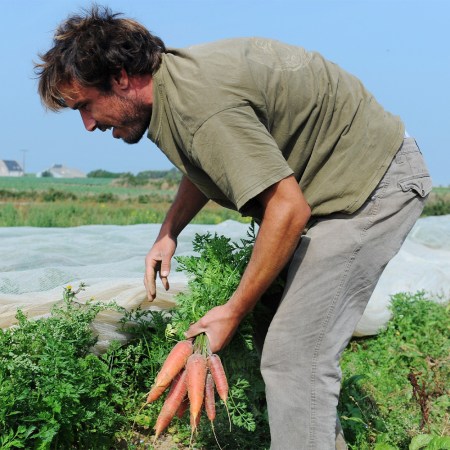It’s possible to string together some moments of beauty in your daily exercise routine.
You might choose to finish your run on the street with the nice brownstones. Or maybe your local gym is a cool space, with repurposed beams or a garage door that looks out onto the neighborhood. Even screens have their moments, sort of — Zwift riders are familiar with the two-dimensional wonder of Watopia.
That said, most modern workouts involve a whole lot of concrete, rubber and steel. For the 80% of Americans who live in and around urban areas, exercise often means heading indoors, or strapping into a machine, or braving a congested sidewalk.
Movement in an uninspiring environment is always better than no movement at all. The same percentage of Americans, 80%, say they “feel happier” when they stick to an exercise routine. But studies indicate that moving in nature puts in our happiest state.
Over the the last decade, physicians have increasingly stumped for “green exercise,” or any sort of physical activity that takes place in a natural environment.
Is a Cold Shower Ever as Effective as a Cold Plunge?
A breakdown of cold therapy, from the bathroom to the beachThe mountains are calling
Broadly speaking, it’s just a really good idea to get outdoors. (No matter the weather.) Exposure to fresh air, natural light and green (or blue!) environs is dynamite for the brain — improving mood, self-esteem and cognitive function — while strengthening the lungs and legs.
Green exercise, though, calls for a little more than a coffee walk in a pocket park. It urges us to register an actual exercise effort, somewhere away from the traffic and noise. Think: running, cycling, swimming, hiking or rucking through forests, coastline, reserves, state parks or power line trails.
Green exercise is hard
We wrote about the benefits of engaging with uneven terrain a few weeks back. Braving unstable or unfamiliar surfaces increases our functional mobility, which catalyzes a whole host of other beneficial developments — healthier heart, robust bones, more confidence when leaving the house. All are essential for healthy aging.
Green exercise is rife with uneven terrain. It can also includes wind resistance, elevation changes and possibly even altitude adjustments. These are things you can simulate in a studio. But it’s a little different to actually be sprinting intervals at the beach, barefoot, on a blustery morning. (Plus, you get to jump in the water when you’re done.)
Adventure aspect
More often than not, obviously, you just need to get your workout done so you can move on with your day. And to that urban living statistic from earlier, it’s true that most Americans might not have the easiest access to a forested trail. (Though you might be surprised….research your closest options!)
But consider saving green exercise for a sunny day. Make a field trip of it, at least twice a month. Notice how refreshing, rewarding and restorative it feels, relative to the chore-like doldrums of your regular training. Charging hard around a lake, rucking a gorge, cross-country skiing for hours on end: these are situations where you’ll be so distracted by the adventuring and beauty of it all, it’s sometimes easy to forget you’re even exercising.
Whether you’re looking to get into shape, or just get out of a funk, The Charge has got you covered. Sign up for our new wellness newsletter today.



















